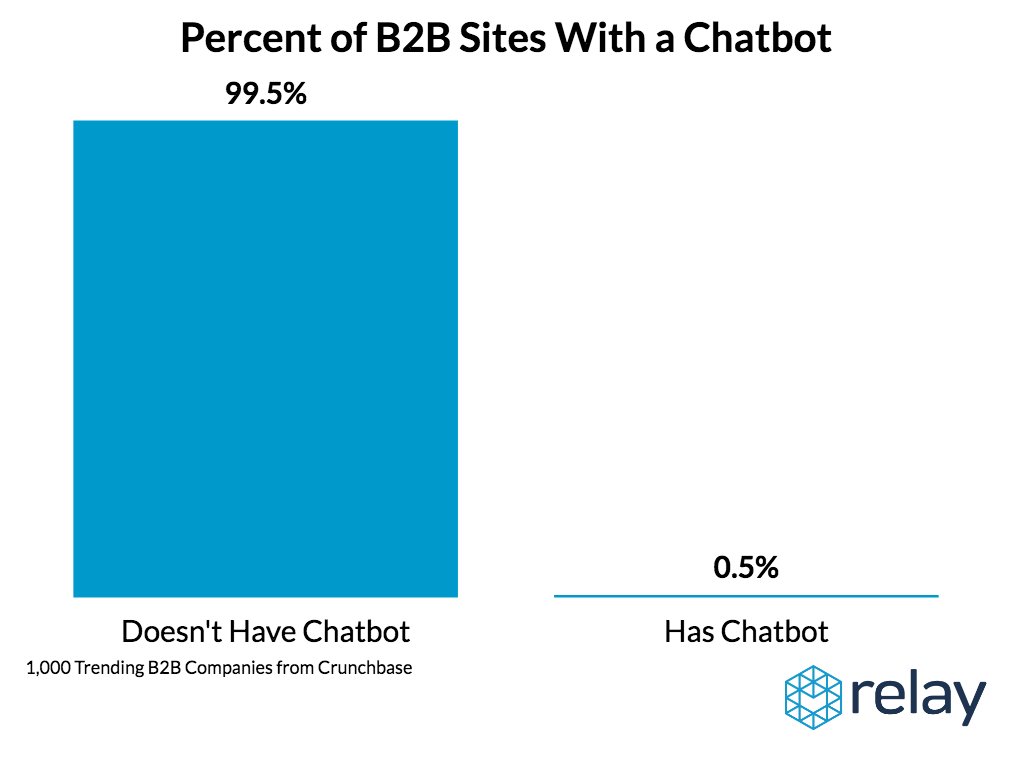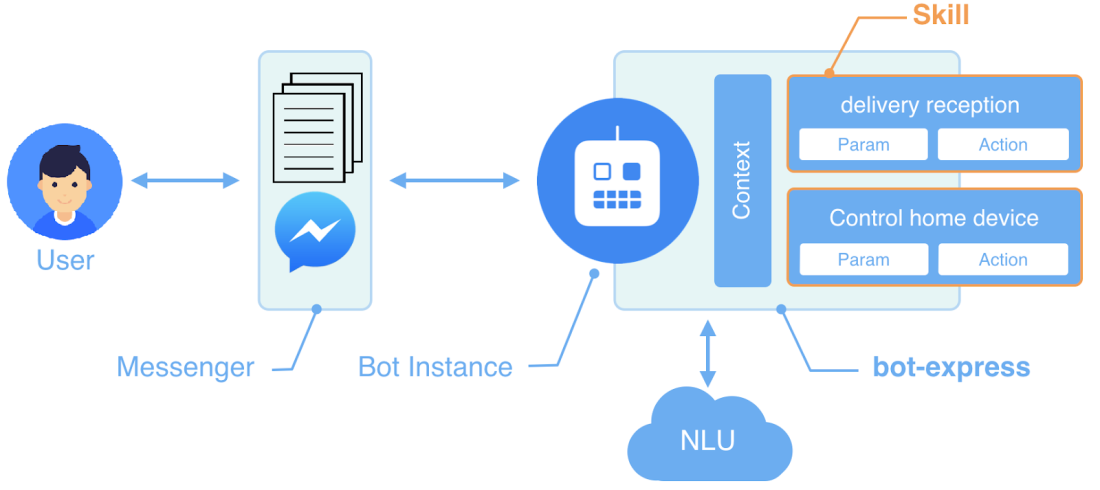The visuals you use need to go beyond a tagline and words.

There are many reasons you might be considering a strategic rebrand. It could be due to a change in your competitive landscape that’s impacting your growth, corporate restructuring or maybe you have an evolving customer demographic.
When it comes time to rebrand your business, part of the process involves developing a new visual identity system that represents the values and attributes that reflect the new brand. While you may know your audience and what message you now want to transmit, the challenge may be creating that visual to showcase what you represent. Here are some best practices for visually rebranding your business.
- Put the Compelling Story into the Visuals
Along with the logo changes, include a new tagline that also represented your story. The tagline focuses on telling the story of the customer, the self-made owner who does whatever it takes to succeed. With the customer central to everything the company does, it makes sense for it to tell a compelling story that reflects that positioning. - Keep It Simple and Consistent
Whatever you do, don’t complicate the new visuals with too many components as if you need to explain every aspect of why it’s different. Let your audience figure out some of it and stick to a basic visual display of the symbolic attributes it represents. Less is more when it comes to your brand’s visual identity system.Wherever you share that rebrand, make sure the color, spacing, and overall design, including any textual components, are the same no matter the platform or channel. Anything slightly different will be instantly noticed and questioned. Because some places may display only black-and-white brand logos and identities, ensure that the elements are aligned and reflect the color version.
- Create a Brand Guidebook
To help your team deliver the new brand visual within its marketing work or through any other use, make sure you have developed a brand guidebook on how to display it. You can make this a digital guidebook so it can be shared easily and accessed in your cloud library. - Tie your brand strategy to your business strategy
A new brand strategy or a rebrand should always consider the business. Brand strategy and business strategy should always be linked together. Focused brands make the intertwining of brand and business strategy a top priority because they know it will deliver bottom line results. - Align internal disciplines
Related to our first point: Branding and rebranding don’t happen in a vacuum. Branding is more than marketing it is a key lever you can use to move the company forward. Done right, it is the foundation for everything you say and everything you do across all disciplines, from marketing and sales. Therefore, to ensure success, all parts of the business must be aligned. The experience, the people, the products, and the systems, the brand represents all of those. So, line them up and sign them up. They are all an important part of your rebranding. - Involve senior decision makers
Speaking of signing up, if you are rebranding is going to be a success, all senior executives need to buy into it and be invested in its outcome from the beginning. A clear process with clearly defined deliverables will help. Ensure a cross-discipline senior leadership group is at the table and use their valuable time judiciously. They should hear the insights captured in research and be able to put their hypotheticals on the table. This allows them to make smart decisions and be vested in the outcomes. To guide key decision makers through the rebranding journey, it’s important to discuss customer insights, business realities, trends, and the competitive landscape upfront, so together, you can agree on a direction and be prepared to re-align along the way. - Conduct deep research
We’re the first to admit that deep research can have varying definitions of deep depending on the company or person that’s using the word. So, let’s be clear; to us, deep research will discover who your brand is and what it should focus on for greatest impact. Deep research means a carefully considered process that is designed to answer critical questions that will drive your brand forward. Questions like:- What’s our brand reputation today?
- What do we want it to be tomorrow?
- How do our customers make buying decisions?
- How should we position ourselves to drive competitive advantage?
- Where do we perform well today?
In other words, our version of deep research is research that will lead to actionable insights specific to the brand-building process.
- Consider art & science
Research is both an art and a science. Yes, there may be a lot of statistics involved, but there should also be magic. The secret to creating this magic is to dare data to delight your customers. You can do this by looking at your quantitative and qualitative research from many different angles. In doing so, you’ll find unique insights that challenge the status quo. - Execute for success
A brand promise, once determined, is not just words on a page. It’s not just an excuse for a quick party where you say, “Let’s take the brand live!” A brand promise is just what it sounds like, a promise. It’s a promise you’re making to the outside world and everyone in the company must be inspired and motivated to keep it. In order to do so, they must understand how to deliver it no matter their responsibilities.They must understand and believe in the brand before they can live the brand. When you bring a brand to life in the right way, your team members will make focused, on-brand decisions in their day-to-day responsibilities. And when that happens, your brand will achieve its strategic, financial and growth goals, and truly be ready to make a difference in the world.
- Share the New Brand Everywhere and Often
There is nothing wrong with sharing this visual rebrand everywhere and as often as possible. Use the narrative as a story to help the audience remember it, get attached, and share it with their social circles.









